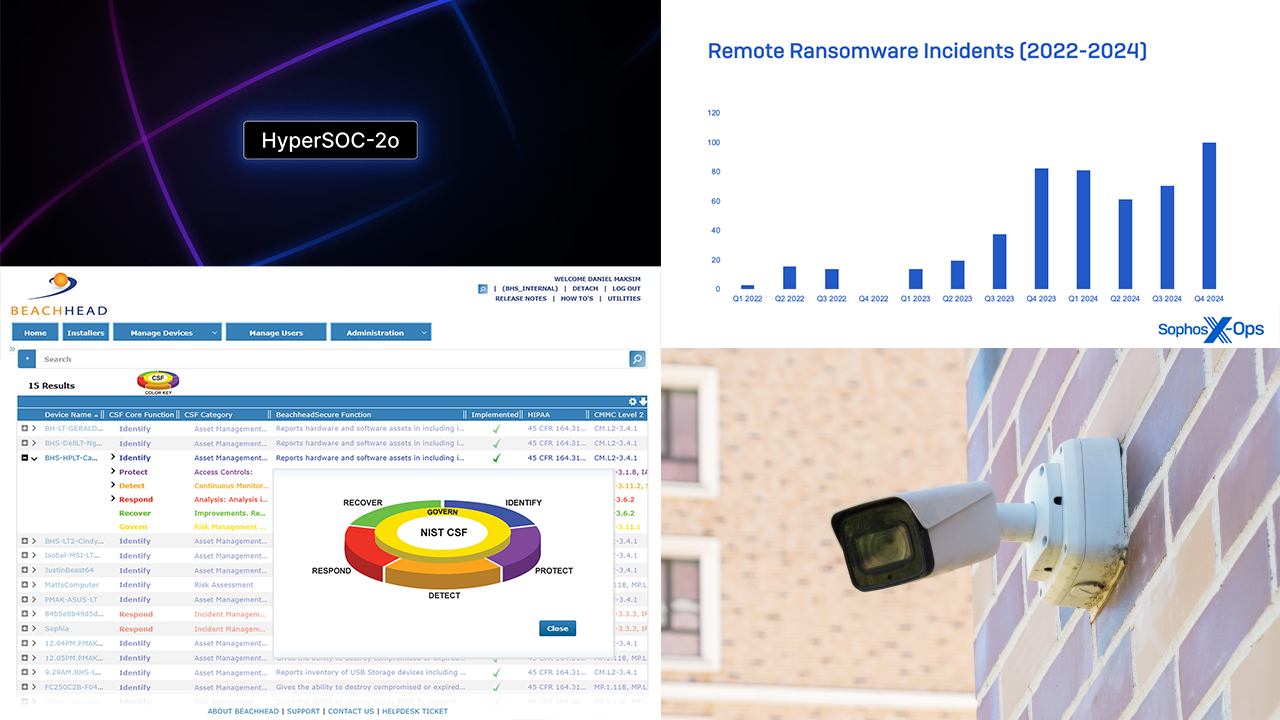GIVE THE CORONAVIRUS PANDEMIC credit for one thing, at least. It may have clobbered the global economy, but it sure did speed up the business world’s embrace of cloud computing.
Indeed, thanks to skyrocketing adoption of software- and infrastructure-as-a-service solutions in the months since COVID-19’s appearance, IDC now expects global cloud services spending to climb at a 15.7% CAGR through 2024 to over $1 trillion.
With that flood of cloud revenue, however, has come a host of cloud management challenges. “”Everything looks different, everything has its own different policies,”” says Malik Khan, CEO of PointClick Technologies, a cloud and security service provider in Raleigh, N.C.
For many channel pros, in fact, managing cloud solutions has been among 2020’s biggest headaches. Conquering the issues responsible for that pain, moreover, has become an urgent priority.
“”It’s not going to slow down anytime soon,”” says Khan of the cloud’s ascent to dominance.
A Zillion Portals
The many reasons cloud management is difficult begin with tools. Though most MSPs have an RMM application, those systems are usually better at supporting devices than cloud solutions.
“”We have all these tools, which are made to make IT life easier, that ignore SaaS and cloud completely,”” says Josh Weiss, president and virtual CIO of L.A. Creative Technologies, a cloud service provider in Los Angeles. As a result, he adds, technicians must rely on a long list of vendor-specific administrative tools instead. “”You’re hopping back and forth between a zillion portals.””
Few of those portals, moreover, support multitenancy, and they rarely do a good job of simplifying batch processes like adding multiple users or refreshing passwords across an entire company. To perform tasks like that, users must either repeat the same sequence of clicks manually over and over again or write and execute a script in PowerShell, JavaScript, or Python—assuming anyone on their staff knows those languages.
“”Those are skills that weren’t necessarily required by service providers in the past to do their day-to-day stuff,”” observes Shane Monty, vice president of Bang Industries, a provider of cloud and managed services in Laval, Quebec.
Worse yet, most channel pros are newcomers to cloud security, identity management, and governance, all of which are critical given how easily cloud platforms can be compromised. “”These SaaS applications are all public facing,”” Monty notes. “”If somebody gets a credential, they can log in from anywhere.””
Unauthorized cloud subscriptions are an ever-present risk factor as well. “”Ultimately, anybody out there with a credit card can subscribe to a SaaS service and start using it for company business now,”” notes Peter Berry, CTO for cloud technologies at Navisite, a managed cloud service provider headquartered in Andover, Mass.
That makes cost tracking and eliminating unnecessary cloud-related spending difficult too. “”You’ve got some tools that the MSP is billing for [and] you have some tools that the client uses but the MSP doesn’t even know about,”” Weiss says.
Tools of the Trade
Veterans of cloud management have plenty of advice for overcoming such challenges. Most of them fit within four categories:
Automation
Tackling cloud tickets on a manual, one-off basis is a painful, expensive approach to cloud management. Profitable service providers seek to automate as much of their work as possible, by either leveraging a rapidly emerging class of centralized cloud management tools (see “”Cloud Management Tools: A Sampling””) or creating reusable scripts. “”You want to be able to manage a large number of seats or a large number of services for a customer without having to increase head count,”” Monty observes.
Standardization
Reducing the number of solutions your customers use wherever possible will limit the range of skills your team needs and the tools they must juggle. “”You’ve got to kind of pick and choose your battles to some extent, I think, on which cloud platforms you want to support,”” Monty says. “”If you want to manage every aspect of every cloud, then you’re going to need to make significant investments.””
Security
To mitigate cloud security risks, Khan advises, get rigorous about fundamentals. Those include limiting the permissions you grant customers—and your own employees—to what’s absolutely necessary, restricting access rights to approved IP addresses in defined geographies, and regularly auditing the work your technicians perform.
“”You have to limit that attack surface as much as possible,”” Khan says.
With attackers increasingly targeting cloud and managed service providers, guarding the passwords you use to log into cloud management portals is essential too. “”It’s the credentials into your cloud console that now become the crown jewels you want to protect hardest,”” Berry says.
It won’t be easy, he adds, but try to lock down rogue cloud subscriptions too. “”The last thing you want is somebody spinning up large amounts of infrastructure willy-nilly and then expecting somebody else to look after it,”” Berry says. “”There has to be rules.””
Optimization
Cost management is a core element of cloud management, Berry notes, so check regularly for opportunities to shut down unneeded resources, resize cloud instances to more closely align with workloads, or save money by switching to reserved instances, for example. Tools from companies like Augmentt and CloudCheckr, among others, can help streamline that task, as can platform-specific equivalents from Microsoft, Amazon Web Services, and other public cloud operators.
There’s much more to cloud management than that, of course. As workloads continue shifting online, though, a willingness to master those nuances is what will increasingly define the SMB channel’s winners.
“”They’re going to be the MSPs that are really eager to adapt and face the challenges, and then turn them into big opportunities for themselves,”” Khan says.
Image: iStock














